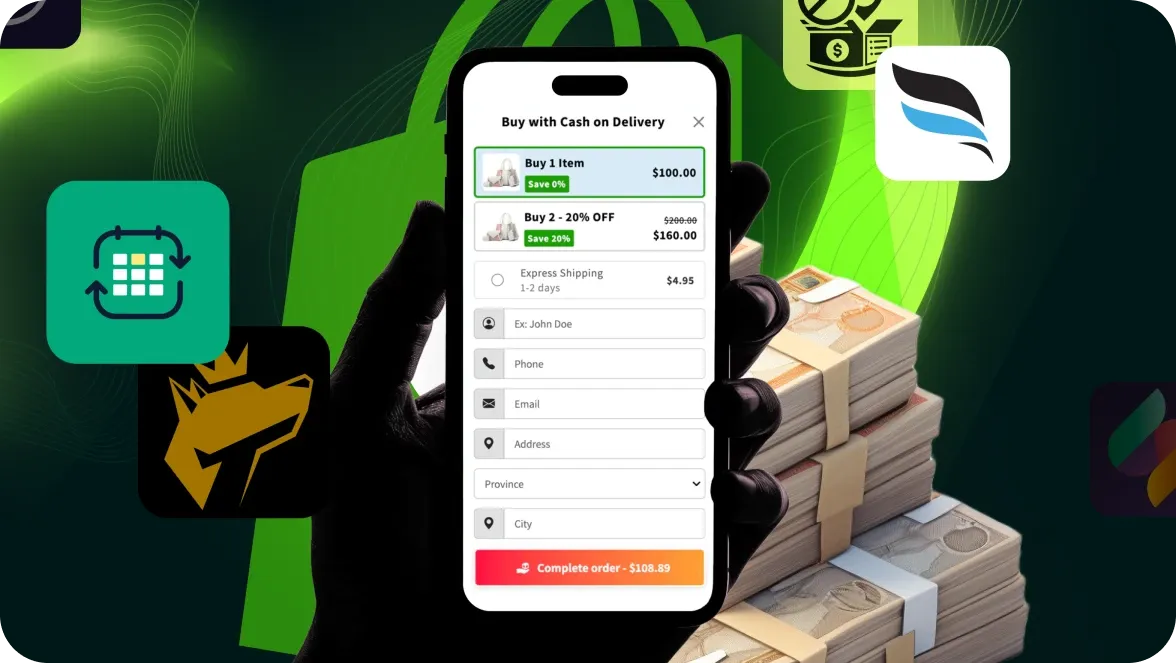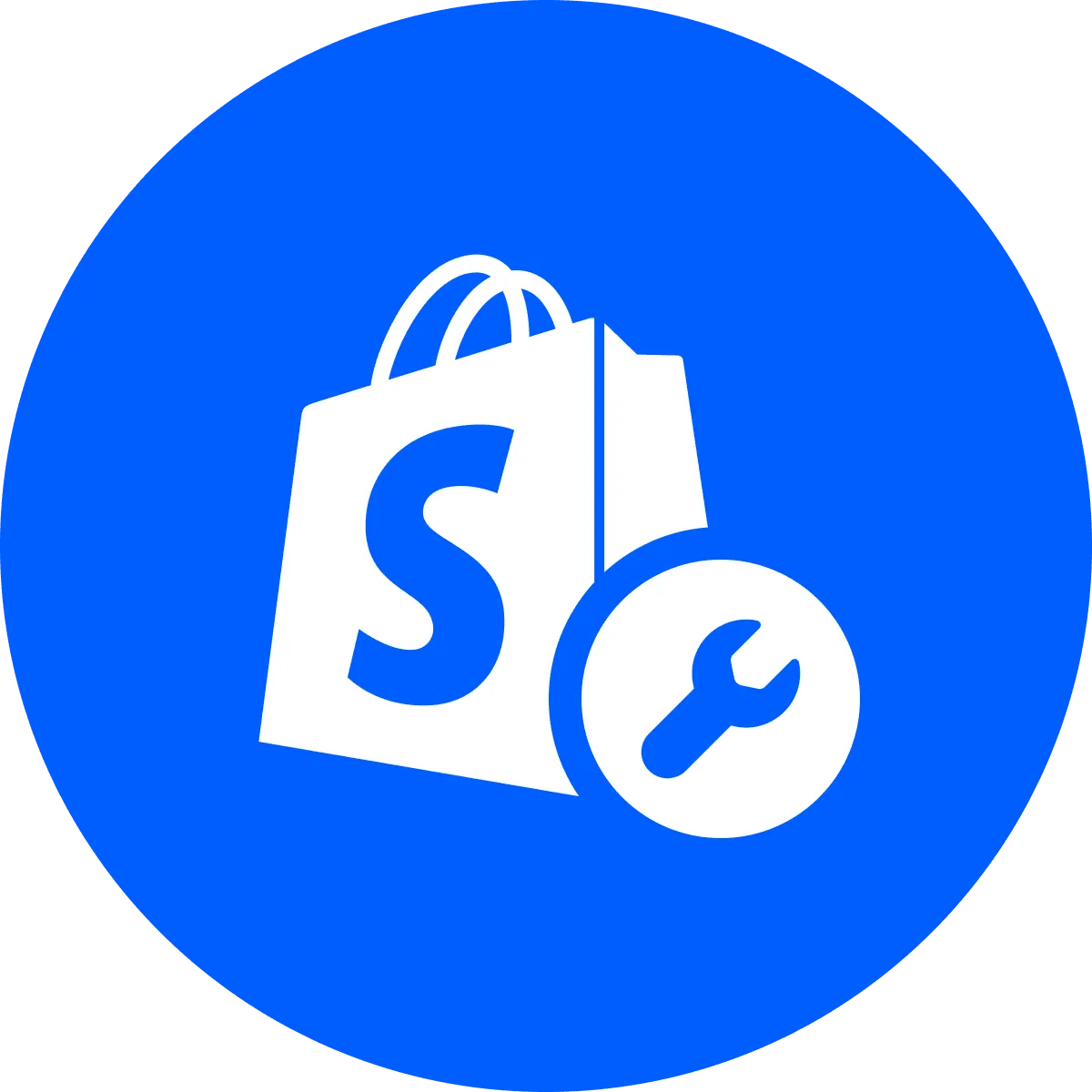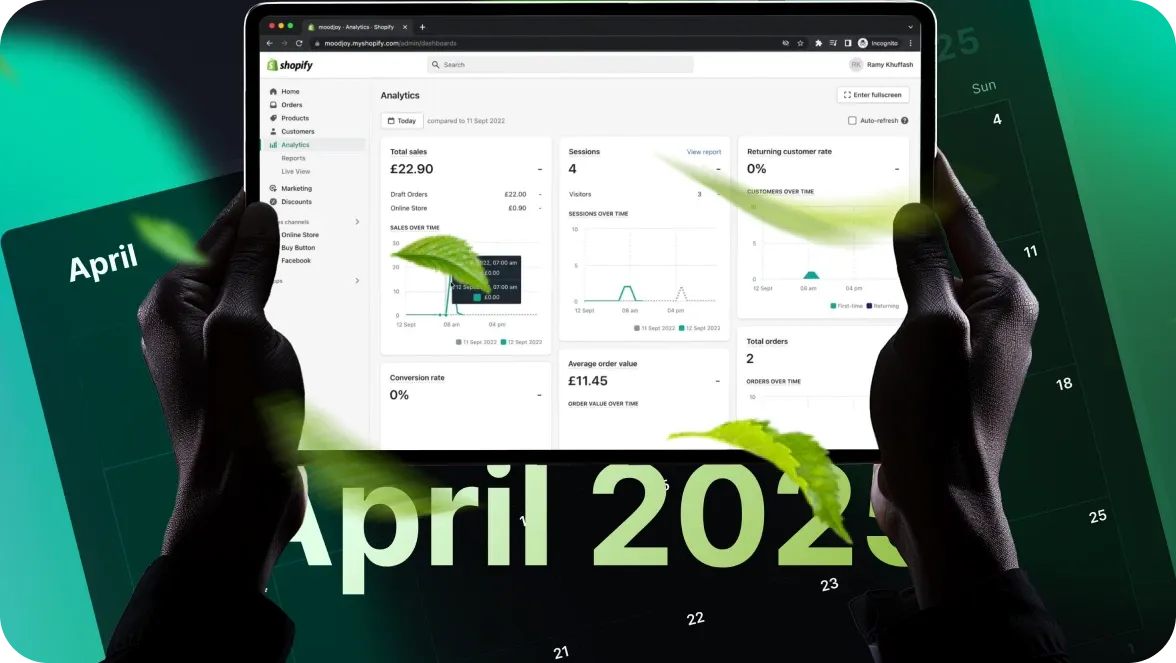
Apart from reviewing Shopify Summer ’25 Edition, we also compiled the list of the most crucial Shopify May ’25 improvements that may influence everyday ecommerce routines. With this quick overview, you can keep track of the essential updates and benefit from the latest improvements without spending much time exploring the Shopify documentation.
Shopify improvements in the Admin

In May, the Shopify team focused its main efforts on improving the Admin to streamline UX for merchants. In this overview, we include twelve Admin updates that haven’t been reviewed in our article about Shopify Summer ’25 Edition.
Standardized customer data erasure for third-party apps
Third-party apps are now aligned with data privacy standards, ensuring that erasure requests can only be canceled by the initiator, not by a merchant in the Admin.
Markets persist between customer accounts and online store
If a customer visits your online store in a specific market and enters a customer account, they will see the same market’s language and regional settings. Previously, customer accounts were loaded with the primary region’s settings.
Improved admin navigation
The Shopify team implemented dynamic back buttons and breadcrumb trails for streamlined navigation across Admin. This way, you can move between tasks without losing your place. For example, when viewing a variant page for a whitening toothpaste for adults, you’ll see a breadcrumb trail Product → Toothpaste → Whitening → Adults, allowing you to quickly go back to the product page.
Smarter, faster admin loading
With Shopify’s latest updates, you can access your Admin almost instantly. The loading time has been significantly reduced, so the overall admin experience is now faster, allowing you to focus on what matters for your business.
Branded URLs on customer login pages
You can now apply your branded URL to customer account login pages. Previously, even if you set up a custom domain for customer accounts, the login page URL was shopify.com/authentication/<id>/login. With the current update, customers will see your consistent branding across account pages, such as account.yourdomain.com/authentication/login.
Display store credit balances using Liquid
To remind your customers about their store credit balance, you can include the customer.store_credit_account.balance Liquid variable in Shopify email templates or in your storefront custom Liquid code.
Issue refunds as store credit
Recent updates let you offer store credit as a refund for an entire or partial order, regardless of the original payment method – be it a credit card or store credit.
Store credit now works with Shop App and Shop Pay
Store credit is now displayed in the Shop App and at the checkout with Shopify App authentication, regardless of a customer’s login status.
Shopify Tax automated filing now supports select marketplaces
Shopify Tax automated filing now includes reporting for orders placed on Shop, Facebook, and Instagram for eligible stores. You can check whether your store meets eligibility requirements here.
Removing return items is now available on all returns
Shopify expanded return management functionality, enabling merchants to remove specific line items from any return across their entire order history.
VAT number validation is now included on Shopify Tax
Shopify now automatically validates VAT numbers for companies and customers in the EU and the UK to show a reverse charge note on VAT invoices generated by Shopify Tax.
Buy Again button on Order status and Orders pages can now be hidden
You can display/hide a Buy Again button on the order status and order pages to let customers reorder products they’ve purchased before. You can turn this button on or off in the accounts editor (Settings → Checkout → Customize).
May updates for international selling
International selling is now even easier with two crucial improvements rolled out by the Shopify team.
Country of origin default now available
The Shopify platform provides several variables for managing duties and taxes: HS codes, Country of origin, Value of the goods, Destination country, and Trade agreements. With the recent updates, merchants can also set a default country of origin in taxes and duties settings to automatically calculate duties at checkout.
Duties-inclusive pricing now available to all merchants
Merchants who set up their stores for international selling with Managed Markets or Shopify's built-in duties and import taxes calculator can enable duties-inclusive pricing. This feature ensures that your customers won’t be surprised by additional duties at checkout.
| If you plan to set up your store for global selling without hassle, consider hiring DigitalSuits for Shopify internationalization services. |
|---|
Shopify improvements in Marketing
The marketing category isn’t full of updates, but the released improvements make it easier to use automation templates, which are at the core of marketing activity.
Search, sort, and filter marketing automation templates
You can now search, sort, and filter marketing automation templates based on keywords or required apps in the Marketing → Automations → View templates. By default, templates are organized by popularity, but you can refine the view based on apps already installed in your store or some specific apps.
Updates in Shopify Apps
Meet important updates for the Shopify Flow app that enables more efficient task automation. Plus, if you’re running a large business, pay attention to new app recommendations.

Shopify Flow: More actions and nesting in For Each loops
If you use Shopify Flow for automating processes within your store, now you can add more than one action per For Each loop to use a single loop in multiple use cases.
You can also nest up to two For Each actions inside another For Each action.
In addition, the number of iterations for a loop has been increased from 100 to 1,000 items at a time.
Better app recommendations and listing highlights for large merchants
The Shopify team improved the recommendation algorithm for large merchants to let them easily find apps installed and liked by similar-sized businesses. The app listing page will also highlight the key insights for large businesses.
Improvements in the Customers category
The Shopify team released two updates in this category – one for creating location-based customer segments and the second for adding a cookie banner to customer account pages. Let’s explore these updates in more detail.
Create customer segments using any address
You can now create location-based customer segments by typing any address to promote events tailored to a specific location, target customers near wholesale partners, and more. To create a segment, go to Customers → Segments, then choose a filter customer_within_distance.
Then, enter a custom address, choose suggested coordinates, set your desired radius, and save changes.
Cookie banners are now supported on customer account pages
Store owners who use custom domains for customer accounts can now display a Shopify cookie banner across customer account pages (Profile, Settings, Order status, Order index, or full-page extensions).
What’s new for Shopify POS?
Retailers will experience more convenience using Shopify POS since May’s improvements ensure an enhanced staff management system and centralized payment settings with more flexibility.
Enhanced customer permissions for better staff management
Updated staff permissions now give you more control over how your team interacts with customer data. What are the options?
Simplified access for all staff allows every team member to view customer profiles and add customers to the cart by default without compromising data security.
Granular control options let you specify, based on staff roles, who can create new customers, edit customer information, delete customer profiles, and view and edit customer metafields.
To configure these settings, go to POS Channel → Staff and update your staff roles with granular control permissions.
Centralized payment settings with device-level control
You can now manage all POS payments across multiple devices and locations from a single place – POS Channel → Payments. Previously, changing payment settings on one device affected every device across all locations. Now, you have more flexibility for device-level customization that lets you disable cash payments on mobile devices without cash drawers and tailor payment methods by device or location. Learn more details about managing payment methods for the POS app here.
To sum up
Let’s recall updates rolled out by the Shopify team in May 2025 for each category.
Admin has twelve improvements, including enhanced Admin navigation, higher loading speed, branded URLs for customer account pages, and updates for store credit, Shopify Tax, and the Buy Again button.
International updates let you set a default country of origin to automatically calculate duties at checkout.
Marketing improvements enable you to refine the view of automation templates using the required app filter and keyword search.
Apps improvements bring you more functionality with Shopify Flow and better app recommendations for large businesses.
Customers updates allow you to create location-based customer segments and add a cookie banner to customer accounts.
POS updates let you change staff permissions for greater control over customer data manipulation and enable device-level customization, managing POS payments from a single place.
Looking for the complete list of Shopify May updates? See the platform’s changelog. If you need assistance implementing updates and new features, don’t hesitate to contact the DigitalSuits team – a proven Shopify agency with in-depth development expertise.








































Was this helpful?
0
No comments yet